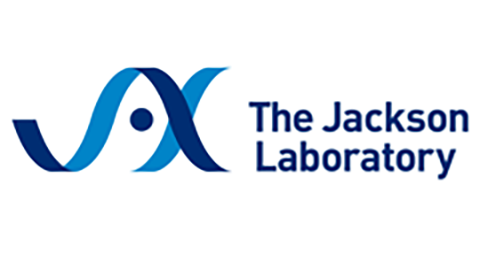Impaired axon initial segment structure and function in a model of
Document Type
Article
Publication Date
10-15-2024
Original Citation
Wang W,
Williams D,
Teoh J,
Soundararajan D,
Zuberi A,
Lutz C,
Frankel W,
Makinson C.
Impaired axon initial segment structure and function in a model of Proc Natl Acad Sci U S A. 2024;121(42):e2400709121.
Keywords
JMG, Animals, Rho Guanine Nucleotide Exchange Factors, Mice, Humans, Disease Models, Animal, Axon Initial Segment, Synapses, Axons, Epilepsy, Male, Female, Action Potentials
JAX Source
Proc Natl Acad Sci U S A. 2024;121(42):e2400709121.
ISSN
1091-6490
PMID
39374387
DOI
https://doi.org/10.1073/pnas.2400709121
Grant
This work was supported by NIH R00-NS104215 to C.D.M., NIH, R21-NS121980 to C.D.M. and W.N.F., NIH R01-NS031348 and NIH U54-OD020351 to W.N.F.,
Abstract
Developmental and epileptic encephalopathies (DEE) are rare but devastating and largely intractable childhood epilepsies. Genetic variants in ARHGEF9, encoding a scaffolding protein important for the organization of the postsynaptic density of inhibitory synapses, are associated with DEE accompanied by complex neurological phenotypes. In a mouse model carrying a patient-derived ARHGEF9 variant associated with severe disease, we observed aggregation of postsynaptic proteins and loss of functional inhibitory synapses at the axon initial segment (AIS), altered axo-axonic synaptic inhibition, disrupted action potential generation, and complex seizure phenotypes consistent with clinical observations. These results illustrate diverse roles of ARHGEF9 that converge on regulation of the structure and function of the AIS, thus revealing a pathological mechanism for ARHGEF9-associated DEE. This unique example of a neuropathological condition associated with multiple AIS dysfunctions may inform strategies for treating neurodevelopmental diseases.

